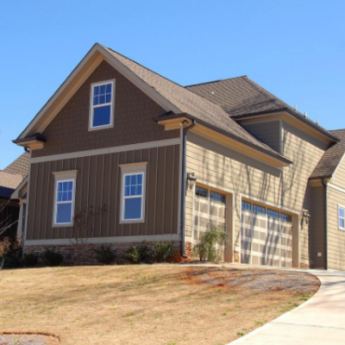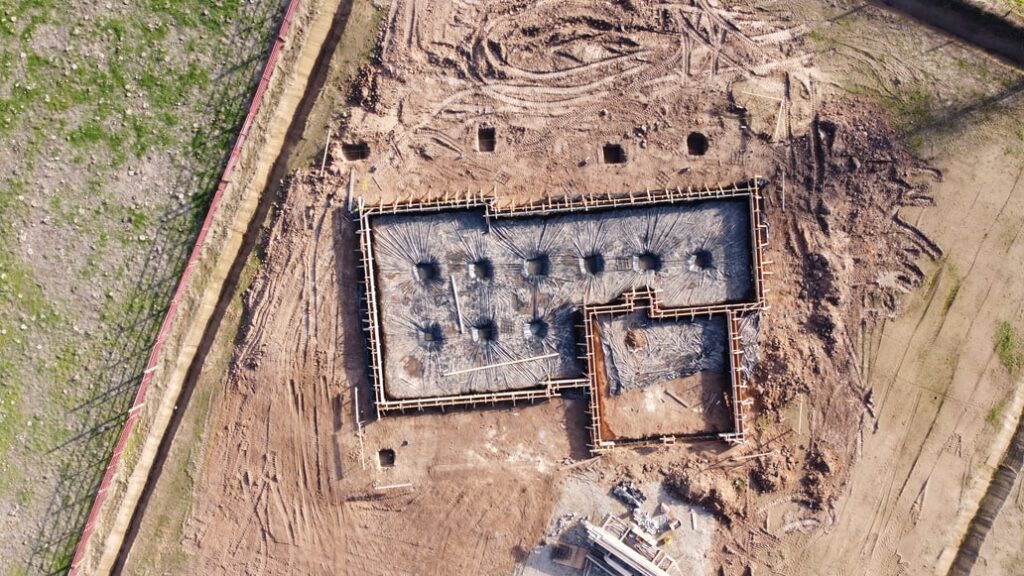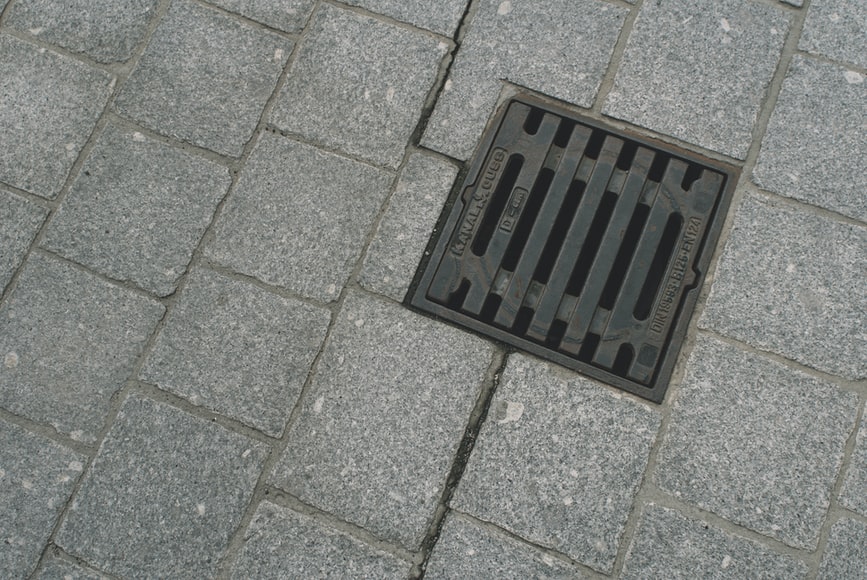Basics of Basement Waterproofing

Anyone who owns an old home has likely heard about the importance of basement waterproofing. Since new homes have built-in waterproofing from the get-go, it’s surprising that this concern surfaces as often as it does.
If you have an older home, here are some basics on basement waterproofing procedures and why it’s essential to keep your foundation safe from moisture damage.
Preparing Your Foundation
Through companies such as 58 Foundations, you can start preparing your foundation by waterproofing basements to get rid of all mold, mildew, dust (to reduce possible allergens), and any other loose materials. The key is making sure that every corner and crevice is clean.
Next, prepare your foundation by ensuring that your floor and wall surfaces are even and smooth. You can accomplish this with a simple belt sander or renting power sanders.
Pay special attention to areas where water might seep in; these include seams between tiles and walls, plumbing fixtures, windowsills, and door frames. Remove any exposed wiring, nails, or old nails from previous projects as well.
Dry-Lining vs. Wet-Lining
When deciding between dry-lining and wet-lining your basement, consider what needs waterproofing (the walls, floor, or both). You should also figure out whether you have a crawl space.
Both methods provide basic protection against water coming in from outside, but wet-lining also protects against moisture in your crawl space that can rot wood framing and lead to mold growth in your home.
Drainage Layer
Placing a drainage layer on top of a crawl space floor allows excess water to seep through. The more openness in your subfloor, the more effectively water will drain through it.
It’s important to remember that if you’re living in an area that gets a lot of rain or snow (or both), you’ll need to take extra steps to ensure your basement doesn’t flood every time it rains.
Vapor Barrier
Setting up a vapor barrier is an important step in basement waterproofing. Vapor barriers are plastic sheets designed to block moisture from coming through walls and floors.
A successful vapor barrier will completely cover your foundation walls, as well as any crawlspace floors that may be present. Be sure to extend at least 6 inches above your floor joists. It should attach securely to the walls using self-adhesive strips.
Vapor Retarder
Waterproofing basements is all about keeping water out. To do that, install a vapor barrier on basement walls.
For new construction, the building code requires that you use rigid plastic sheeting (2- to 6-mil thick) instead of breathable membranes like tar paper or felt.
Seal any cracks or holes in walls and floors with caulk and tape. Make sure there are no leaks in plumbing fixtures, windows, or doors when using older basements as living space.
Monitoring and Maintenance
Always keep an eye on your basement for new leaks. If you notice something unusual, look for signs such as puddles on walls or floors, musty odors, and more. Once identified, you’ll need to make a quick fix.
A handyman can come out and caulk, put in shingles or tapes. Sometimes it’s just a matter of resealing windows or covering vents.
That said, learning how to waterproof your basement can save you both time and money down the road. You might consider taking on this task yourself or hiring trusted professionals from basement service providers.
Read Also:














Leave A Reply